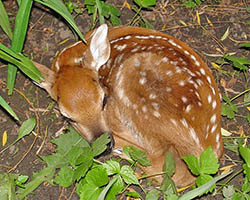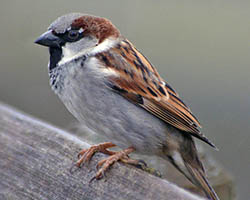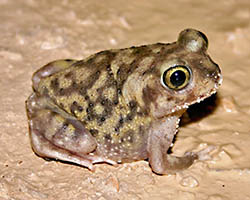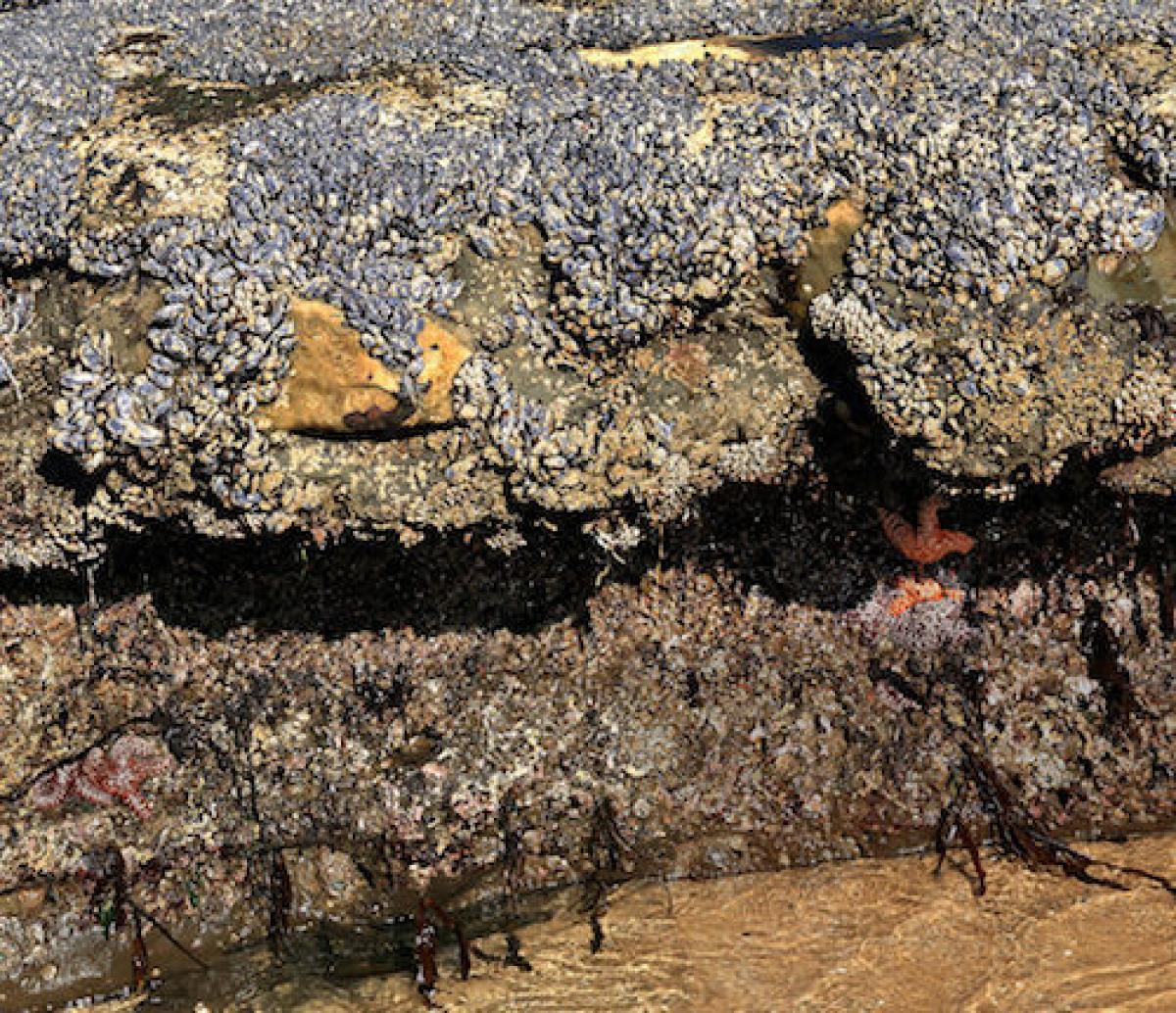How Do The Seasons Affect Animals?

Baby deer are tiny and when they are first born, they might have trouble keeping warm. If you were a mother deer, it would probably make more sense to have a fawn in the warmth of spring or summer rather than the cold of winter. But planning this seems difficult.
Many parts of animal biology, especially those related to breeding, must take season into account. An animal that gives birth during the wrong time of the year, like when food is scarce, will have a very hard time raising young. How do you think animals know when to start raising families?
Solar Powered
Days get longer as winter thaws into spring. This slow increase in daylength brings about the need to breed in many animals that only raise young during a certain time of the year.

For example, house sparrows, common birds which love to nest in the nooks and crannies of your house, prefer to raise their young in the spring and early summer.
The increase in daylength slowly pushes these birds into breeding condition. Because of this, the house sparrow breeding season typically begins in early March.
In fact, you can see the changes in breeding condition in male house sparrows. Breeding males have black beaks and nonbreeding males have yellow-ish beaks. Once summer begins and daylengths become shorter, the breeding parts of house sparrows quickly shut down until the next year.
Waiting for Warmth

Animals that hibernate underground through the winter and breed during the spring cannot track the length of daylight to figure out when to reproduce. Garter snakes have solved this problem.
They use the changes in temperature between seasons to time their hibernation and reproduction. When daytime temperatures drop to 0°C (32 °F), these snakes slither into their underground dens to wait out the cold. As air temperatures gradually warm to 20-28°C (68– 82°F), garter snakes awaken. They emerge from their dens to court and reproduce.
Resting Before the Rains
When it comes to finding the perfect time to breed, spadefoot toads have it rough. These toads live in the Sonoran Desert, where daytime temperatures in the summer can soar over 43°C (110°F). In July, however, monsoon season arrives.

Intense thunderstorms pour over the desert and temperatures cool. Plants sprout and insects swarm across the sky. When the first big rains hit, spadefoot toads, which have been patiently waiting underground, will emerge to furiously court and mate. By timing their breeding with the monsoon, their young can grow during this brief period of mild weather and abundant food.
Once the desert begins to dry again, all the toads, including the tiny new toadlets, use their hind legs to dig their way underground where they will wait for the next monsoon.
Additional images via Wikimedia Commons. Tide pools image by Brocken Inaglory.
Read more about: Switching of Seasons
Bibliographic details:
- Article: Seasonal Breeders
- Author(s): Dr. Biology
- Publisher: Arizona State University School of Life Sciences Ask A Biologist
- Site name: ASU - Ask A Biologist
- Date published:
- Date accessed:
- Link: https://askabiologist.asu.edu/seasonal-breeders
APA Style
Dr. Biology. (). Seasonal Breeders. ASU - Ask A Biologist. Retrieved from https://askabiologist.asu.edu/seasonal-breeders
Chicago Manual of Style
Dr. Biology. "Seasonal Breeders". ASU - Ask A Biologist. . https://askabiologist.asu.edu/seasonal-breeders
Dr. Biology. "Seasonal Breeders". ASU - Ask A Biologist. . ASU - Ask A Biologist, Web. https://askabiologist.asu.edu/seasonal-breeders
MLA 2017 Style

Some animals depend on the tides or the moon cycle to time mating.
Be Part of
Ask A Biologist
By volunteering, or simply sending us feedback on the site. Scientists, teachers, writers, illustrators, and translators are all important to the program. If you are interested in helping with the website we have a Volunteers page to get the process started.

